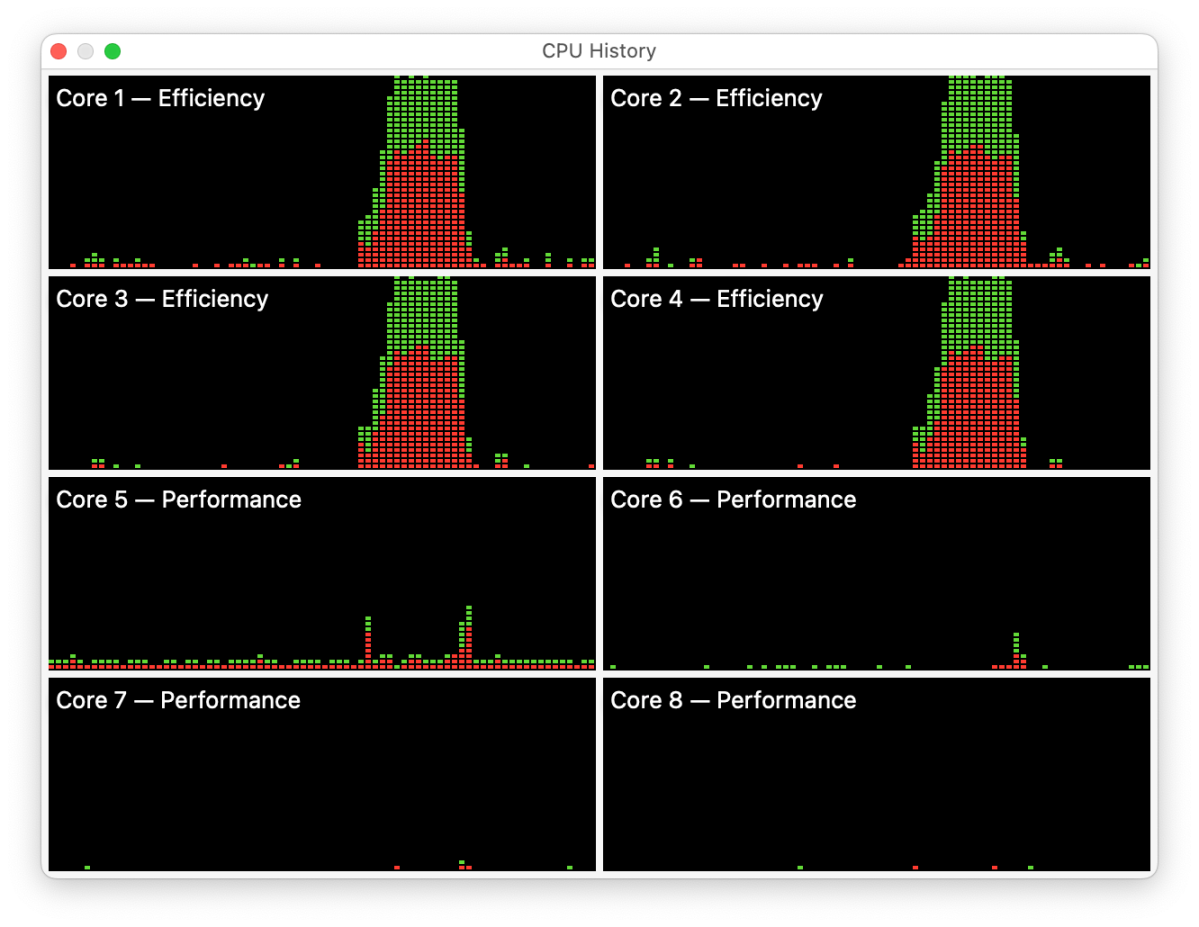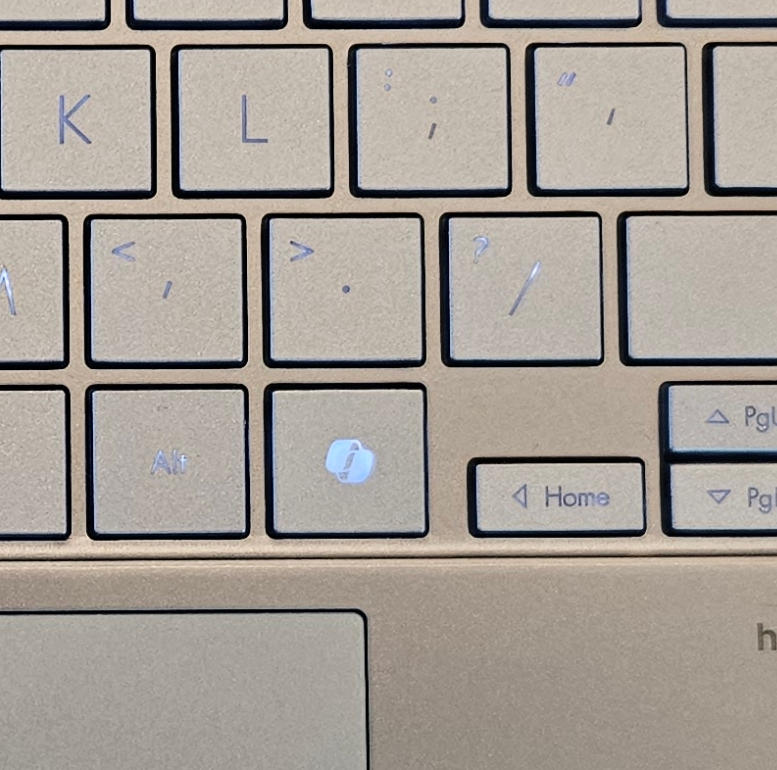
How to make older macOS as secure as possible
There can be very good reasons for your Mac not running macOS 14. These include incompatibility with key software, particularly that for music and audio, or Sonoma may not be supported on your Mac. At the same time, you want your Mac to be as secure as possible. This article tackles a question that I’m often asked: how can I safely run an older version of macOS on my Mac? My answer comes in two parts: how to give macOS as good protection as possible in a process of Sonomatisation, and how to minimise the risks you take.
Differences in security protection depend on which version of macOS your Mac is running. Mojave and earlier have a completely different architecture that exposes the system in a single, common startup volume. That improved considerably in Catalina, and further in Big Sur. Since then, the System volume has been a read-only snapshot with a tree of hashes to check its integrity. Provided that your Mac is running Big Sur or later, it gets the benefits of that new architecture, and there’s nothing to be done with earlier macOS than can compensate for it.
Checking executable code before it’s run is another feature that has undergone great change over the last few years. Provided it doesn’t have a quarantine flag set, Mojave performs only limited checks, and will happily run almost all completely unsigned code, and apps whose signatures have become broken because their contents have been altered.


















